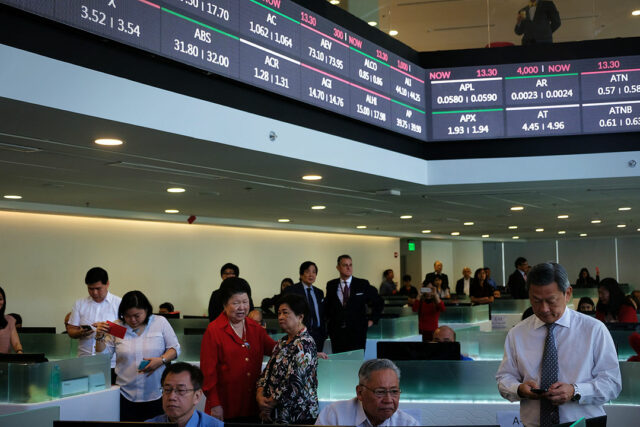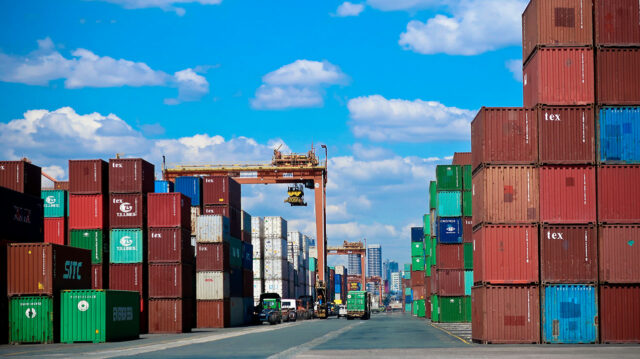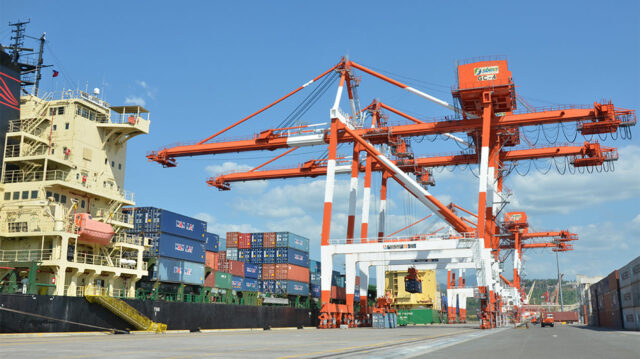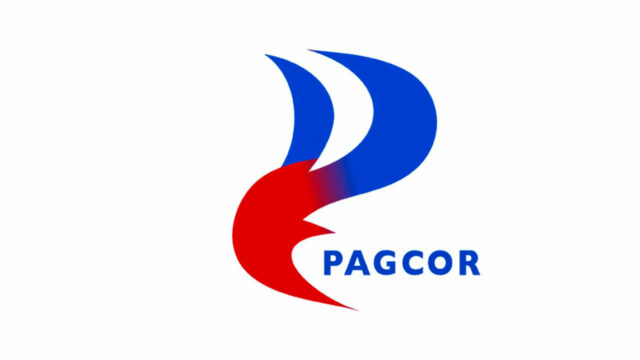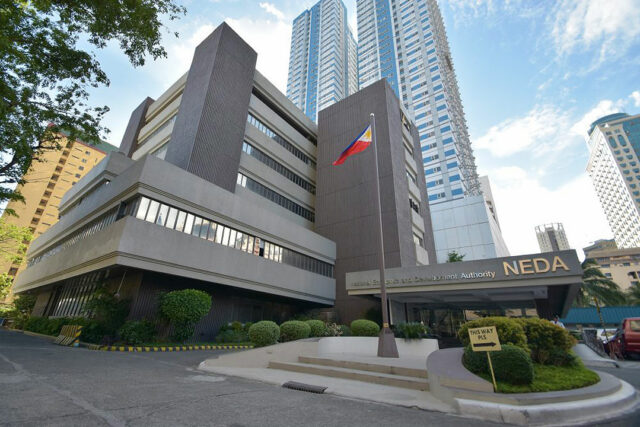Childhood overweight and obesity in the Philippines
More and more Filipino children are getting fatter, and this puts them at risk for serious health problems. The prevalence of overweight and obesity among Filipino adolescents has more than doubled, from 4.9% in 2003 to 11.6% in 2018, which further increased to 13% in 2021, according to the latest Expanded National Nutrition Survey (ENNS) of the Department of Science and Technology-Food and Nutrition Research Institute (DoST-FNRI).
Addressing the increasing number of overweight and obese Filipino children takes on added significance as the country observes Linggo ng Kabataan on Aug. 12, coinciding with the annual celebration of International Youth Day (IYD). This year’s IYD theme is “Transforming Food Systems: Youth Innovation for Human and Planetary Health.”
Overweight is a condition of excessive fat deposits. Obesity is a chronic complex disease defined by excessive fat deposits that can impair health. Overweight and obesity are diagnosed by measuring people’s weight and height and calculating the body mass index (BMI) with the formula: weight (kg)/height(m). BMI is a surrogate marker of fatness and additional measurements, such as waist circumference, which can help the diagnosis of obesity. The BMI categories for defining obesity vary by age and gender in infants, children, and adolescents.
The World Health Organization (WHO) warns that being overweight in childhood and adolescence is associated with greater risk and earlier onset of various noncommunicable diseases (NCDs), such as type 2 diabetes and cardiovascular disease.
Obesity can lead to increased risk of type 2 diabetes and heart disease, can affect bone health and reproduction, and increases the risk of certain cancers. It also influences the quality of living, such as sleeping or moving. Childhood and adolescent obesity have adverse psychosocial consequences as well; it affects school performance and quality of life, compounded by stigma, discrimination, and bullying. Children with obesity are very likely to become adults with obesity and are also at a higher risk of developing NCDs in adulthood, said the WHO.
A study by Desnacido et al published on August 2022 in the Philippine Journal of Science identified several factors associated with overweight and obesity in the country, particularly among adolescents. These are higher socioeconomic status, residence in urban areas, higher educational status of household head, physical inactivity (a sedentary lifestyle), and food intake exceeding requirement (excessive eating).
The study utilized data collected in the 2018 ENNS, which was a cross-sectional household-based survey. It is believed to be the first local study to investigate the factors associated with overweight and obesity among adolescents using a nationally representative sample.
A study by Abueg et al published in January 2024 in the online journal Sage Open found that parents’ nutritional knowledge on diet, disease, and weight management; permissive parenting style; and dietary behavior on emotional undereating (eating less in response to stress or negative emotions) are significantly associated with adolescent overweight and obesity.
The study involved 200 students of three high schools and two universities in the City of Manila, which was identified in the ENNS as one of the top five cities in the country with the highest prevalence of overweight and obese Filipino adolescents.
At the individual level, Abueg et al recommended the implementation in schools and social media of interventions that promote nutrition guidelines for healthy diets, limit the intake of total fats and sugars, and increase consumption of fruit and vegetables. At the societal level, they echoed the WHO recommendations calling on the food industry to reduce the salt content of processed food; ensure healthy and nutritious choices; restrict the marketing of foods high in sugars, salts, and fats, especially those foods aimed at children and teenagers; and ensure the availability of healthy food choices. They also recommended that children and adolescents engage in moderate to vigorous physical activity for at least 60 minutes daily, as well as create more open or designated spaces for recreational and physical activities.
Abueg et al underscored the importance of parent-based interventions aimed at improving parents’ nutrition knowledge, parenting style with regard to children’s nutrition, and eating behavior. This could positively influence children’s behavior and help prevent childhood and adolescent overweight and obesity.
The Department of Health stressed that interventions that address the social determinants of health, highlighting the need to integrate health in all public policies, to enable behavior change and create supportive environments must be put in place. Healthier food options in communities, schools, and workplaces should be made more available, affordable, and accessible to all Filipinos. Moreover, concrete steps must be taken to make the country’s public infrastructure such as parks, roads, and pathways more conducive to physical activity and active mobility.
The DoST-FNRI recommends that National Government agencies develop standard protocols for physical activity programs and routines, and provide parents and caregivers with the latest health information and other resource materials. National Government agencies should also fund and regularly organize seminars or courses on nutrition and physical activity, increase surveillance, and support and fund research focusing on symptoms, prevention, and cure of genetic factors of obesity such as metabolic syndrome.
The DoST and the biopharmaceutical industry have oftentimes similar research objectives. The biopharmaceutical industry continues to conduct research to find clues about how to treat diseases and ways to zero in on symptoms or underlying causes. Once the industry has an understanding of the disease or condition, the process of developing a new medicine begins.
Teodoro B. Padilla is the executive director of Pharmaceutical and Healthcare Association of the Philippines (PHAP). PHAP represents the biopharmaceutical medicines and vaccines industry in the country. Its members are in the forefront of research and development efforts for COVID-19 and other diseases that affect Filipinos.






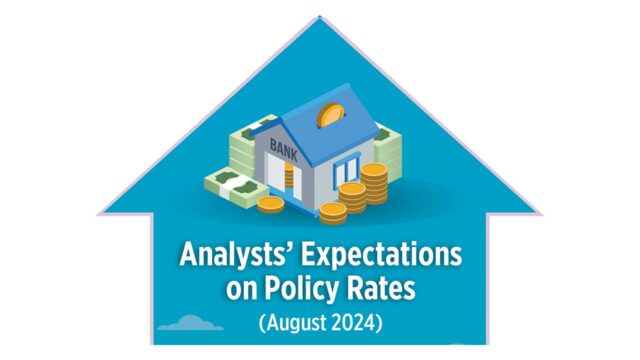

![PHL-flag-peso-currency-1[BW FILE PHOTO]](https://www.bworldonline.com/wp-content/uploads/2024/04/PHL-flag-peso-currency-1BW-FILE-PHOTO-640x427.jpeg)
